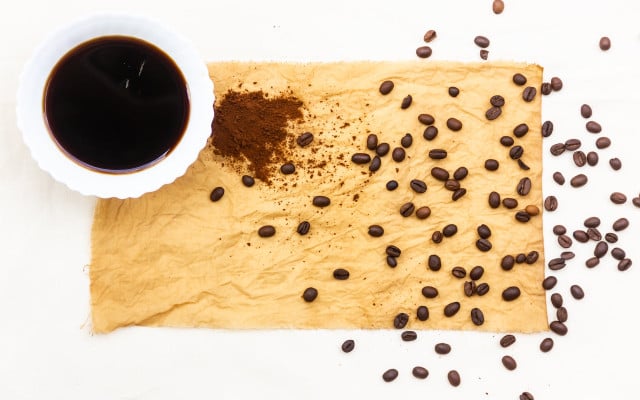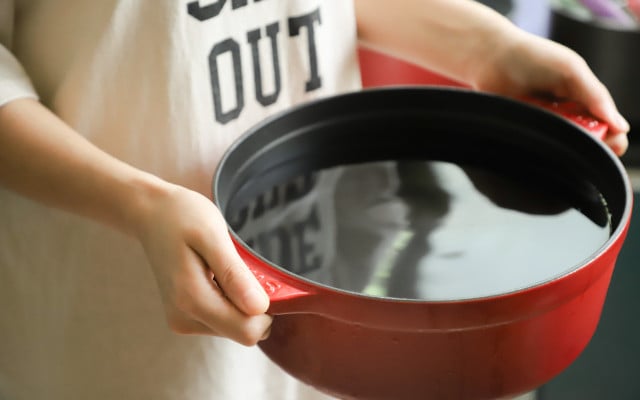By dyeing fabric, you can refresh the color and extend the life of your clothes. In this article, we’ll look at how to use natural dyes for fabrics.
General Information about Natural Dyeing
If you want to dye your own fabrics, why not try simple, natural vegetable dyes? Whether your fabric is cotton, linen, or viscose – we’ll look at some natural dyes for fabric. The basic rule is that the difference in color between the original fabric and the desired color shouldn’t be too big.
Other things to keep in mind:
- Not all textiles absorb dye well. Generally speaking, pure natural fibers are easier to dye than synthetic fibers.
- Cotton, viscose, cellulose, linen, and mixed fibers with at least 60 percent natural fibers work best.
- Polyester, acrylic, and polyacrylic can’t be dyed naturally.
- Be very careful with silk and wool. When in doubt, skip dyeing these fabrics, otherwise you could ruin the garment.
Note: Watch out for synthetic seams as they don’t absorb the dye well. This can create a visible contrast that you should be aware of before naturally dyeing fabrics.
Making Natural Fabric Dye from Plants



With the help of some plants, you can dye your own fabrics naturally:
- Red: hibiscus or sumac flowers
- Orange: onion skin or dandelion heads
- Yellow: chamomile, marigold, daffodil, and turmeric
- Green: spinach or nettle
- Blue: indigo, privet, blueberries, and red cabbage
- Purple: elderberries or mulberries
- Pink: beet, strawberries, cherries, or avocado pits
- Beige to Brown: black tea
- Brown: coffee
Did you know, you can also naturally dye eggs for Easter? Check out our guide: Natural Egg Dye: Easter Egg Dyeing with Organic Ingredients
How to Use Natural Dyes for Fabrics



In order for the fibers to properly absorb the new color, you’ll need a mordant or fixative, depending on your fabric. This is essentially what will bond your fabric and dye together.
- For wool and silk, a mordant like alum (available on Amazon**) is necessary.
- Plant-based fabrics such as cotton and linen need a fixative, many of which are household staples like salt, vinegar, and baking soda.
- Wash the fabric as hot as possible to remove any remaining chemical coatings.
- In a large pot, mix the mordant or fixative. The amount varies depending on the weight and texture of the fabric.
- Let the fabric soak for about a day, then rinse the fabric thoroughly with water.
- Heat (do not boil!) several liters of water (depending on the amount of fabric) together with your natural dye in a pot. How long depends on the plants. You have to try and experiment – the longer, the more intense the colors will be.
- Pour your dyeing liquid through a sieve to remove the plant parts.
- Place the fabric in the hot dye bath and let it soak until you are happy with the result. Stir from time to time.
- Rinse the fabric thoroughly with cold, clean water.
- Then place it in a vinegar bath to fix the color.
When dyeing with plants, you have to be willing to experiment. Try different amounts, substances, and plants, and don’t have too high expectations of the result. There’s a reason dyeing was a skilled trade before the Industrial Revolution!
This article has been translated from German by Karen Stankiewicz. You can find the original here: Stoff färben: Neue Farben mit natürlichen Mitteln
** Links to retailers marked with ** or underlined orange are partially partner links: If you buy here, you actively support Utopia.org, because we will receive a small part of the sales proceeds. More info.Do you like this post?







